Fish are some of the strangest vertebrates on Earth, and some are definitely stranger than others. In the images below, you'll discover 11 of the strangest fish species in the world's oceans, from the laughable blobfish to the nightmare-inducing stargazer fish.
01. Blobfish
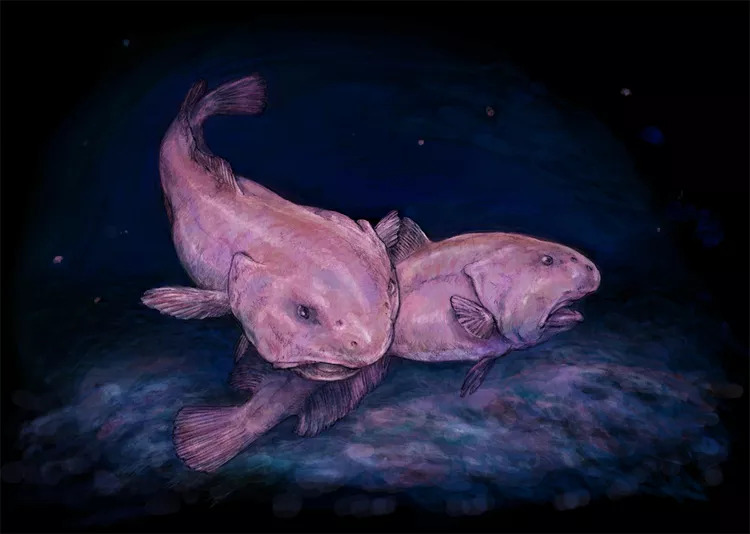
Poor blobfish. In its natural habitat, at 3,000 to 4,000 feet in the ocean, it looks like a perfectly ordinary fish. However, when it's dragged to the surface, its body swells into a funny-looking blob of goo with a big nose, and its face looks remarkably human.
The blobfish's gelatinous flesh has evolved to withstand the extreme pressures of the deep ocean, while allowing the fish to float on the ocean floor and ingest organic matter. When removed from its natural high-pressure environment, the blobfish swells into a nightmare-like shape. (Blink and you'll miss it, but the blobfish appears in the Chinese restaurant scene in Men in Black 3; most people think it's a special effect rather than a real animal!)
02. Asian sheepshead wrasse
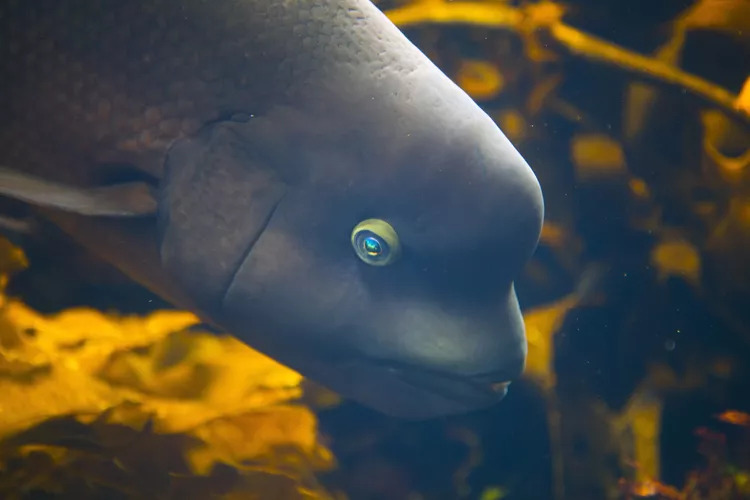
The name "wrasse" comes from the Cornish word for "witch" or "old woman". This is an apt name for the Asian sheephead wrasse (Semicossyphus reticulatus), whose face looks like the exaggerated face of the classic Disney witch cartoon, including a prominent chin and forehead. Little is known about the Asian sheephead fish, but the fish's extra-large face is likely a sexually selected trait: During mating season, males (or females) with larger, more knobby faces are more attractive to the opposite sex. . One piece of evidence supporting this hypothesis is that newly hatched Asian sheephead wrasse have ordinary heads.
03. Yellow box fish
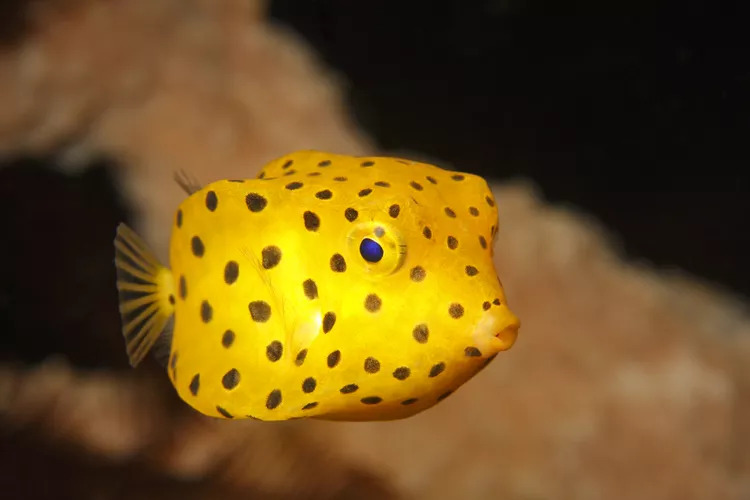
The yellow boxfish, the equivalent of a rectangular watermelon sold in Japan, frequents coral reefs in the Indian and Pacific Oceans, feeding on algae and small invertebrates. No one is quite sure why the flat ostrich bucked the usual evolutionary trend in fish toward a flatter, narrower body, but its agility in the water seems to be due more to its fins than its overall shape. Here's some pop culture trivia for you: In 2006, Mercedes-Benz unveiled the Bionic, a "concept car" modeled after a yellow boxfish. If you've never heard of the Bionic, it's probably because the car was a true evolutionary failure compared to its more successful inspirations.
04. Psychedelic Frogfish
Frogfish, in general, are among the strangest creatures on Earth: they have no scales, have various appendages and growths on their bodies, and are often covered in algae. But none are stranger than the psychedelic frogfish. Only discovered in Indonesian waters in 2009, it has a large, flat face, blue eyes, a huge mouth and, most strikingly, a striped pattern of white, orange and tan, which may make it It blends in with the surrounding coral. . For any potential prey that isn't properly disoriented, the psychedelic frogfish also has a tiny "lure appendage" on its forehead that vaguely resembles a wriggling worm.
05. Moon fish
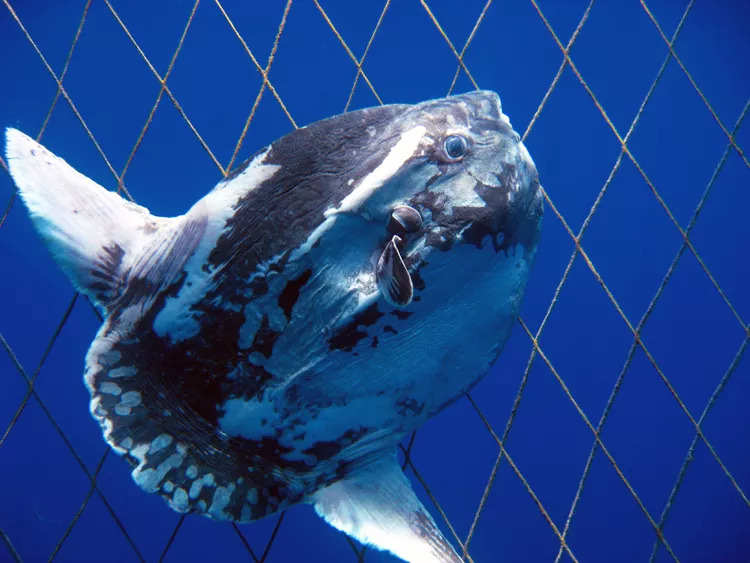
There is nothing special about the moonfish from the outside, and you might overlook it if you saw it in an aquarium. In fact, it's pretty average compared to some of the other fish on this list. What really sets the moonfish apart isn't its appearance, but what's inside: it's the first warm-blooded fish to be identified, meaning it can generate its own internal heat and keep itself warmer than its surroundings. Temperatures 10 degrees Fahrenheit higher. water. This unique physiology gives the moonfish more energy (it is known to migrate thousands of miles) and also allows it to sustain itself in challenging deep-sea environments. The compelling question is: If endothermy is a positive adaptation, why haven't other fish evolved it?
06. Goblin Shark
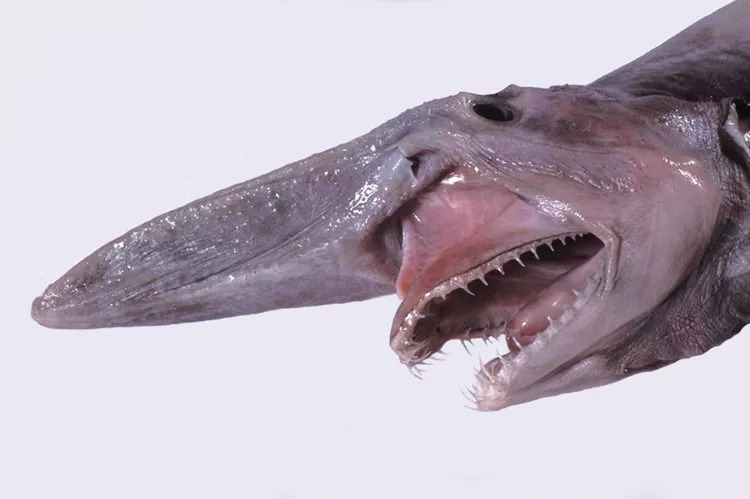
The goblin shark is the equivalent of the deep-sea creature from Ridley Scott's Alien, characterized by its long, narrow upper snout (located on top of the head) and sharp, protruding teeth (located on the bottom). When within range of prey, Mitsukurina owstoni will forcefully eject its snapping jaws and capture it. (Don't be too scared, though; goblin sharks are unusually lazy and sluggish, and probably wouldn't be able to keep up with humans with the right amount of adrenaline. M. owstoni appears to be the only surviving representative of a shark family that flourished during the Early Cretaceous 125 million years ago, which is largely This explains its unique appearance and feeding style.
07. Atlantic Wolffish
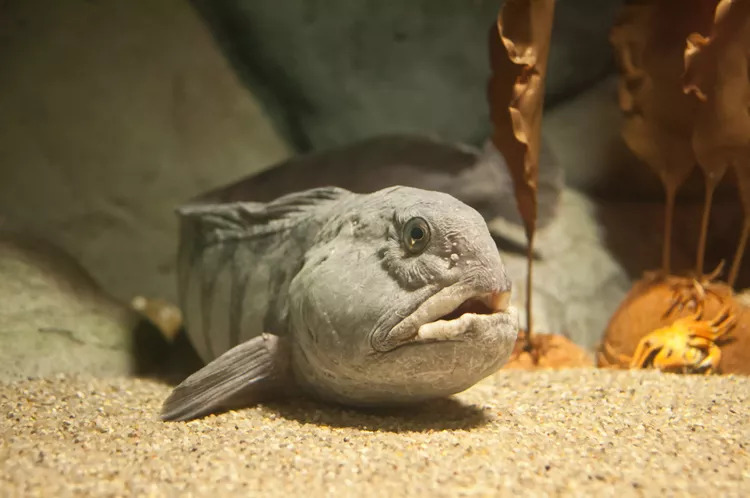
The Atlantic wolffish (Anarhicas lupus) makes the list for two reasons. First of all, this fish has a pair of weird wolf-like jaws with sharp incisors in the front and broken teeth in the back, which is suitable for it to feed on hard-shelled molluscs and crustaceans. Second, and more strikingly, lupus lupus, which inhabits the frigid Atlantic waters, makes its own "antifreeze proteins" that prevent blood from clotting in temperatures as low as 30 degrees Fahrenheit. Although this unusual chemical composition makes the Atlantic wolffish unsuitable as a food fish, the wolffish is caught in deep-sea trawls so often that it is on the verge of extinction.
08. Red-bellied Paku
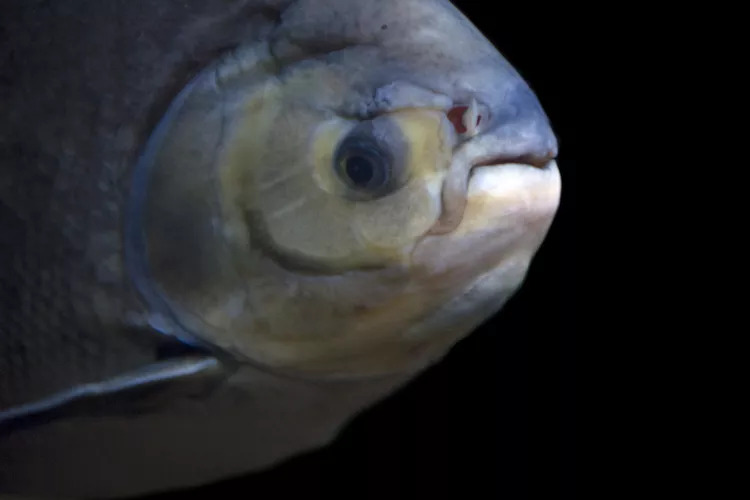
The Red-bellied Paku looks like it was summoned from a nightmare, or at least from a David Cronenberg movie. This South American fish has teeth that are strikingly similar to those of humans: the resemblance is so great that they make headlines whenever they are caught outside their usual habitat. Although the red-bellied Pacus is strange, some pet stores promote it as a "vegetarian piranha," and store owners often neglect to tell customers two important facts. The fingers of a careless toddler can be severely bitten by a paku, and a juvenile paku that is three inches long will quickly outgrow the tank and require larger, more expensive accommodations.
09. Single-eyed ice fish

Nearly all vertebrates on Earth use hemoglobin (or some variant of it) to carry oxygen, which gives blood its characteristic red color. But that's not the case with the one-eyed icefish Chionodraco rasrospinosus. Its blood is as clear as water and completely free of hemoglobin: this Antarctic fish absorbs oxygen dissolved into the blood directly from its oversized gills. The advantage of this arrangement is that the blood of C. rasrospinosus is less viscous and can be more easily pumped throughout the body. The disadvantage is that the monocular icefish must adapt to a relatively low-energy lifestyle, as prolonged activity quickly depletes its oxygen reserves.
10. Toothpick fish

The toothpick fish (Vandellia ci rhosa), one of the world's few known parasitic fishes, spends almost its entire life nestled in the gills of larger catfish in the Amazon River. This is unusual in itself, but the reason V. cirrhosa is included on this list is the widespread belief that it has an unhealthy attraction to the human urinary tract and will painfully infest anyone foolish enough to venture into the water. There is only one well-substantiated account of this actually happening - to a 23-year-old man in 1997. but. Even in this case, the victim's testimony did not fit well with the forensic evidence. As one of the investigating doctors later put it, the odds of a toothpick fish getting stuck in its urethra were about the same as "being struck by lightning and eaten by a shark."
11. Marbled Stargazer (Uranoscopus bicinctus)

One naturalist described the stargazer as "the meanest thing in creation", with two large bulging eyes and a huge mouth at the top of its head rather than in front; the fish buries itself At the bottom of the ocean, from where it pounces on unsuspecting prey. Still being repulsed? Well, that's not all: Stargazers also have two venomous spines above their rear fins, and some species can even deliver a mild electric shock. Despite these threatening weapons, stargazers are still considered a delicacy in some countries. If you don't mind your dinner staring at you from the plate, and you're convinced that the chef has successfully removed the poisonous organs, feel free to order one if you find it on the menu.
animal tags:
We created this article in conjunction with AI technology, then made sure it was fact-checked and edited by a Animals Top editor.